Meaning: to go in order to do something
Grammar Point:
「Verb stem + に行く」 expresses going somewhere for a specific purpose. The verb stem is the masu-form without ます. This pattern shows the reason or purpose for the movement.
Formation:
Verb stem + に + 行く
日本語 / にほんご / Japanese
(1) 私たちはこれからコーヒーを飲みに行く / 飲みに行きます。
(2) 明日、姉は友達と一緒にご飯を食べに行く / 食べに行きます。
(3) 来週、私は図書館に本を借りに行く / 借りに行きます。
(4) 次の金曜日、少年は新しい映画を見に行く / 見に行きます。
(5) 日曜日、妹は新しい靴を買いに行った / 買いに行きました。
(6) 昨日、姉は図書館に雑誌を返しに行った / 返しに行きました。
ことばと表現 / Words & Expressions
私たち【わたしたち watashitachi】we
これから【これから kore kara】from now on
一緒に【いっしょに issho ni】together
ご飯【ごはん gohan】rice, meal
借りる【かりる kariru】to borrow
次【つぎ tsugi】next
金曜日【きんようび kinyoubi】Friday
少年【しょうねん shounen】boy
新しい【あたらしい atarashii】new
日曜日【にちようび nichiyoubi】Sunday
雑誌【ざっし zasshi】magazine
返す【かえす kaesu】to return
英語 / えいご / English
(1) We are going to drink coffee from now.
(2) Tomorrow, my older sister goes to eat a meal with friends.
(3) Next week, I go to borrow books at the library.
(4) Next Friday, the boy goes to see a new movie.
(5) On Sunday, my younger sister went to buy new shoes.
(6) Yesterday, my older sister went to return magazines to the library.
ひらがな / Hiragana
(1) わたしたちは これから こーひーを のみに いく / のみに いきます。
(2) あした、あねは ともだちと いっしょに ごはんを たべに いく / たべに いきます。
(3) らいしゅう、わたしは としょかんに ほんを かりに いく / かりに いきます。
(4) つぎの きんようび、しょうねんは あたらしい えいがを みに いく / みに いきます。
(5) にちようび、いもうとは あたらしい くつを かいに いった / かいに いきました。
(6) きのう、あねは としょかんに ざっしを かえしに いった / かえしに いきました。
ローマ字 / Roman characters
(1) Watashitachi wa kore kara koohii o nomi ni iku / nomi ni ikimasu.
(2) Ashita, ane wa tomodachi to issho ni gohan o tabe ni iku / tabe ni ikimasu.
(3) Raishuu, watashi wa toshokan ni hon o kari ni iku / kari ni ikimasu.
(4) Tsugi no kinyoubi, shounen wa atarashii eiga o mi ni iku / mi ni ikimasu.
(5) Nichiyoubi, imouto wa atarashii kutsu o kai ni itta / kai ni ikimashita.
(6) Kinou, ane wa toshokan ni zasshi o kaeshi ni itta / kaeshi ni ikimashita.

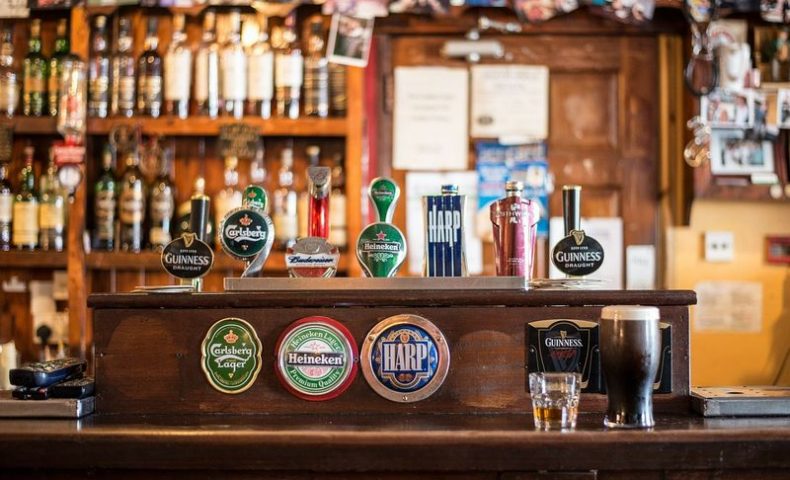




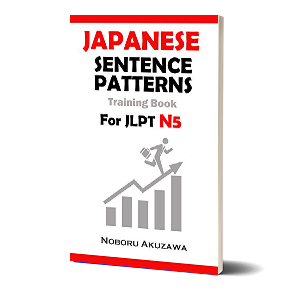
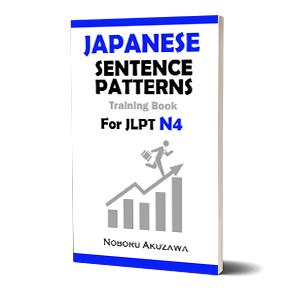
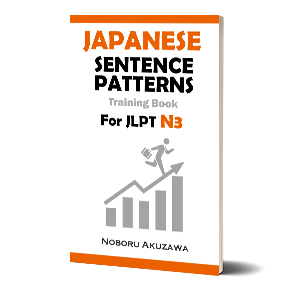
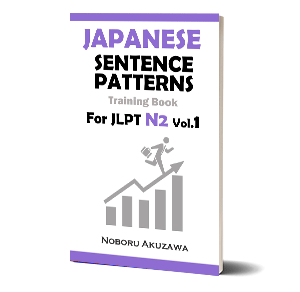
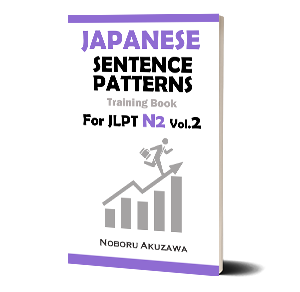
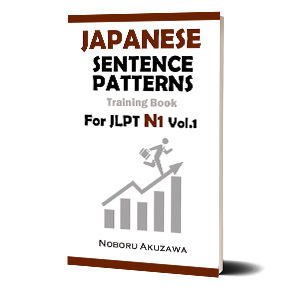

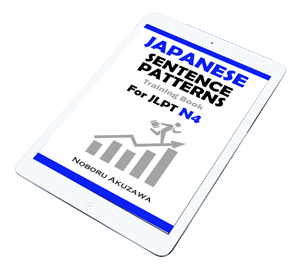
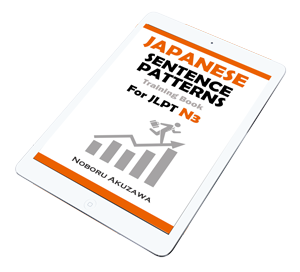
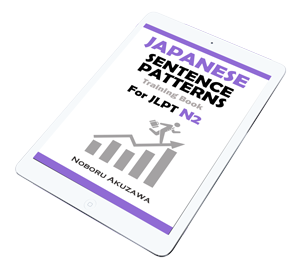
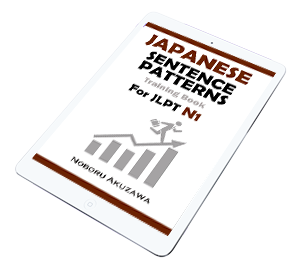









No comments yet.